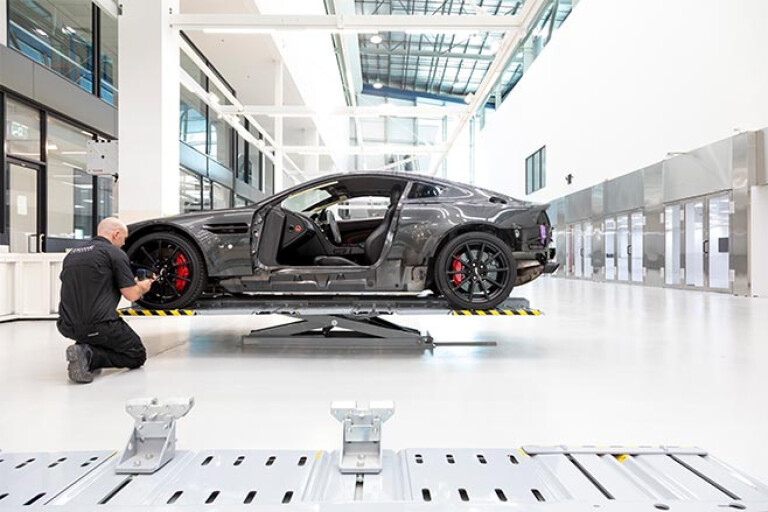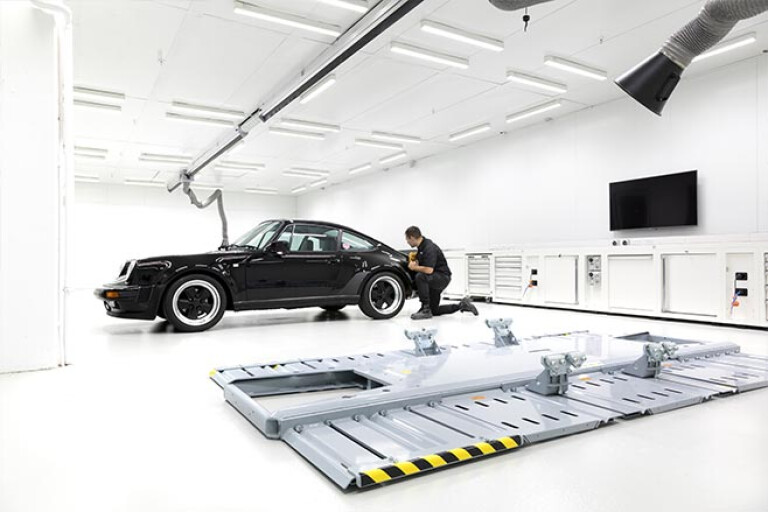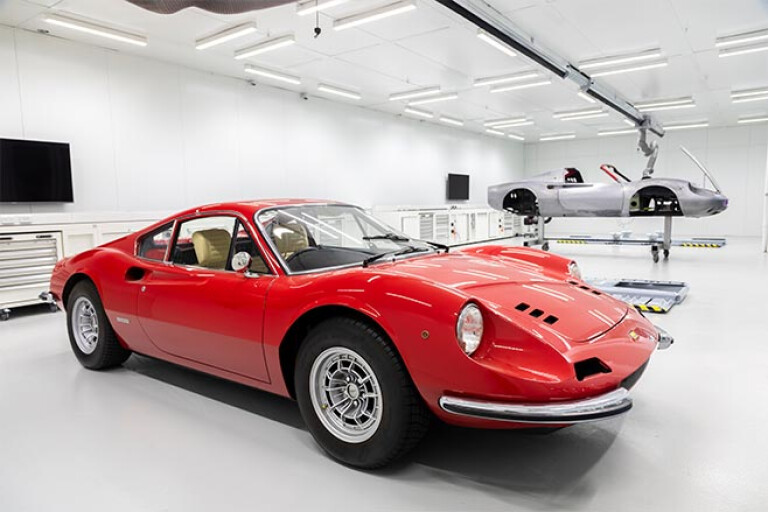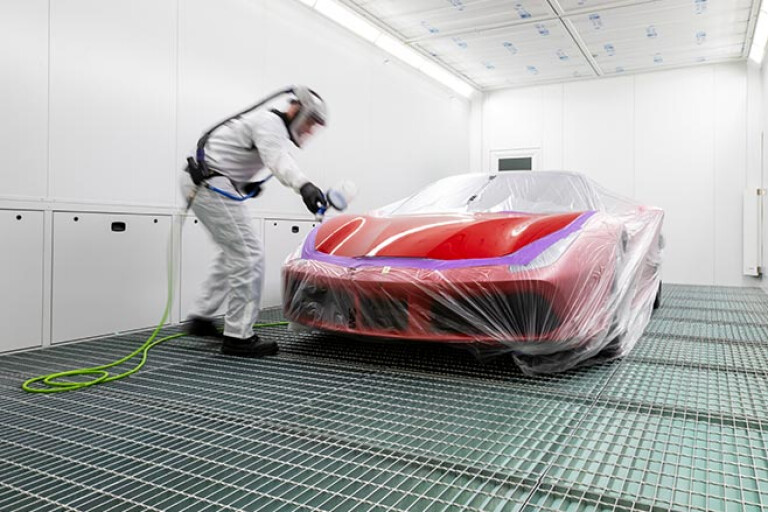
Zagame Automotive has opened doors to its new Bespoke Division within its parts, storage and pre-delivery centre in Tullamarine, creating a high-end hospital for supercars.
The venture, located on the entire second floor of the old Fairfax printing press, is an OEM-approved repair shop for the cars sold through its Victorian dealership network.
These cars come from brands like Rolls-Royce, Audi, Lamborghini, Honda (NSX), Maserati and McLaren.

As we learned during a press tour this week, the group relies on incredible technology, care and expertise to fix these half-a-million dollar vehicles.
So here are five cool things you should know about Zagame’s new Bespoke division:
1. Some tools are pricier than regular cars
It’s not easy to repair a new Audi R8. At its core is a mesh of high-end materials, specifically its aluminium and carbon fibre reinforced plastic (CFRP) on the B-pillar and rear bulkhead.
If you damage that CFRP, say, in a bingle, it’d be very hard to tell unless it cracks. And because it takes a lot of force for that to happen, there’s a good chance you’ll never know it unless you have a DolphiCam.

That’s an ultrasound tool that scans for any lurking fibre damage deep within the material and invisible to the eye. It costs $20K.
If something needs to be replaced, we’re told a VAS Heat-Pad system warms the structural glue that Audi uses to stick the carbon fibre to the chassis.
Why not just use a heat gun? You risk damaging the aluminium around the CFRP. The heat pads instead work on a specific temperature over hours to melt the expensive glue.
And even with all this technology, Zagame Bespoke’s technicians are only certified to replace the CFRP B-pillars on the R8. Anything deeper, or more crucial to its structural strength, is escalated to Ingolstadt.
2. The lights mimic the sun
There’s no point repainting a Rolls-Royce if you can’t match the colour across two body panels, so Bespoke relies on ultra-advanced lighting in its workshop bays.
While the German JUNG lighting system would never match the sun’s brightness, it is designed to provide the colour reference you would see in daylight.

The lights also adjust automatically based on where you’re standing to banish shadows and light the appropriately.
After all, the human eye will be the ultimate judge of these cars once they reach their owners.
3. The roof span is larger than the MCG’s
If you’ve flown into Melbourne there’s a good chance you’ve seen the Zagame Autobody building. It’s the old printing press for The Age on the left hand side of the city-bound freeway, near the airport.
It’s hard to miss. The roof line is designed in the shape of a plane’s wing so it can reflect radar from the airport, and the huge glass structure out front resembles a rolled newspaper.

We learned the entire roof area spans over 25,000 metres squared, apparently larger than the MCG. Underneath it are 400 cars that await repair (either at Bespoke or the Autobody workshop down stairs) or distribution to dealers.
Then deep within its belly is its parts storage facility that distributes parts for Fiat, Audi, Alfa Romeo and Maserati.
4. It’ll restore old priceless beauties, including Ferraris
There are 31 work bays inside Bespoke Division, but it’s four that will be most special to the Tifosi.
Among the plethora of drool worthy metal lying around was a 1976 Ferrari Dino in the restoration workshop.

It’s had its entire front-end replaced by Damien, an extremely skilled body technician, over the course of eight months. It’ll be finished in May.
He’ll repair another three after this one, and then a Testarossa, but he’ll also be in charge of training younger staff to complete this special work.
Zagame has Ferrari’s blessing on mechanical repairs, but are seeking ‘Classiche’ certification for their body work.
5. You dream of workshops like these
Your own tinkering space will feel forever inadequate in comparison to these work bays.
Each has a huge flat-screen that can display factory instructions on each car. Where appropriate, they also have spark, dust, weld-fume and exhaust extraction systems.

Cars lift on a Spanesi multibench that has no posts like a traditional hoist, but a platform instead, allowing full access to each car’s panels.
And if your car’s chassis needs realigning, it has the systems for that too, including long wheel base vehicles.

COMMENTS